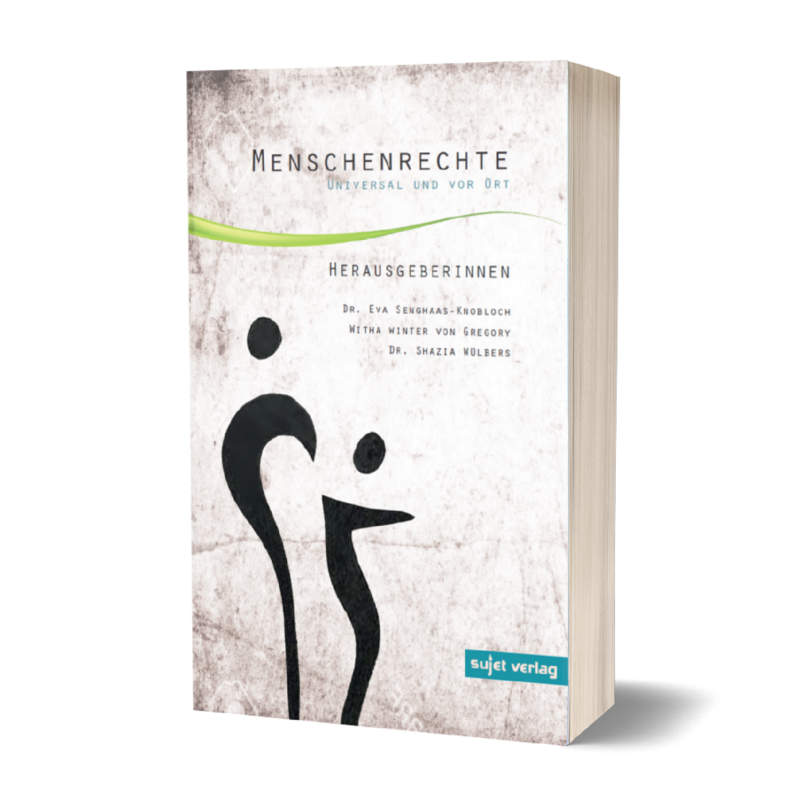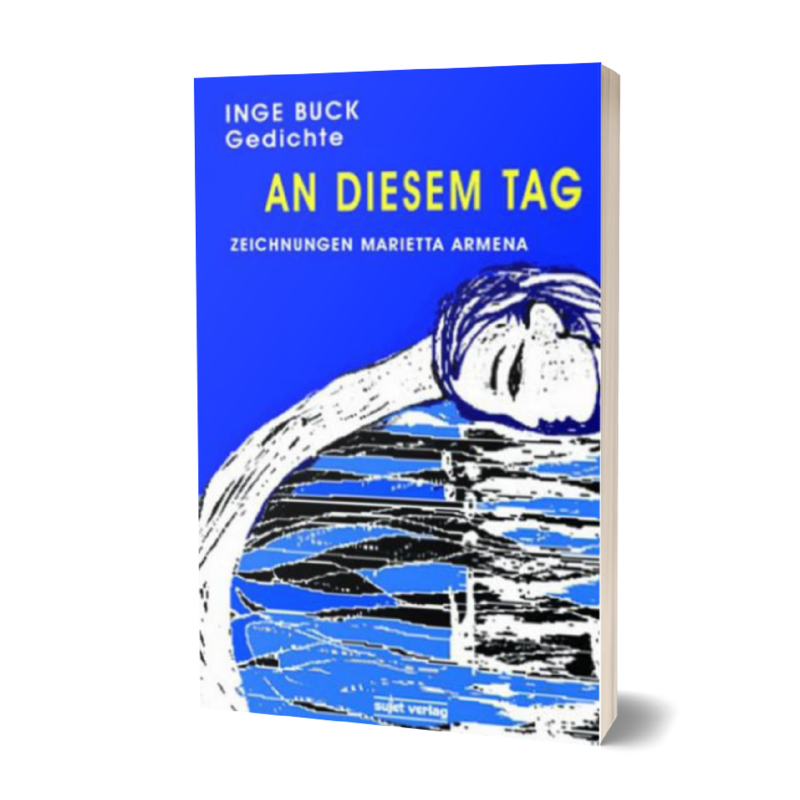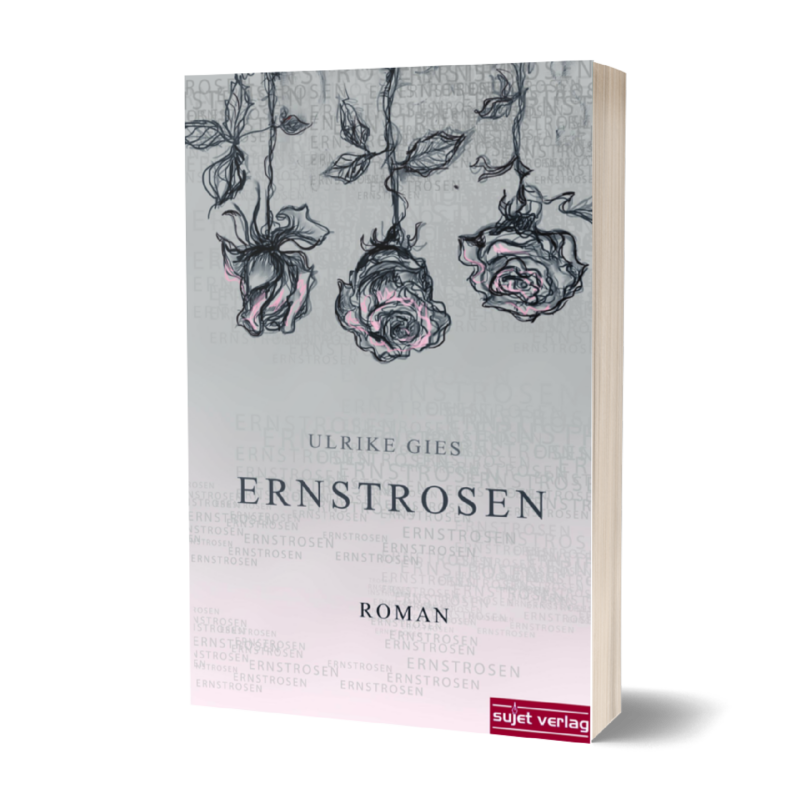Description
The series of publications deals with the biographies of the 652 Bremen Nazi victims whose memory has been honored by the STOLPERSTEINE BREMEN project since 2004. After the three volumes on the regions North, Central and Ostertor/Oestliche Vorstadt, the biographies of those who lived in Schwachhausen and Horn-Lehe are now appearing. Several essays illuminate historical sites and explain the situation of Jews in Bremen during the Nazi era.
About the stumbling blocks:
The Stolpersteine project was initiated by the artist Gunter Demnig, who was born in Berlin in 1947 and studied art education and industrial design. He developed the concept for the stumbling blocks back in the early 1990s, but the project only got off to a good start in 2000. So far, Demnig has embedded more than 1,000 of the paving stones in the sidewalks of Europe, which bear a brass plaque marking the last self-chosen place of residence of victims of the Mark Nazi regime.
Volume IV of the series “Stolpersteine in Bremen”
In Bremen nearly 1,500 people fell victim to the National Socialist dictatorship; the number of people deported, persecuted or taken into “protective custody” is many times higher. The artist Gunter Demnig commemorates the victims of National Socialism by setting stumbling blocks – commemorative plaques made of brass – in the pavement in front of their last, mostly self-chosen, place of residence. Between 2004 and 2016 over 660 stumbling blocks were laid in Bremen. An extensive biographical search for traces preceded the minimal biographical data on the stumbling blocks. The Initiativkreis Stolpersteine Bremen will publish all biographies in several volumes, sorted by city and district. The books build on each other in that, in addition to the local focus, they also contain different basic depictions of Bremen during the Nazi era.
In addition to 83 biographical outlines, this fourth volume (Schwachhausen, Horn-Lehe) contains articles on history and its traces, particularly in the two parts of the city. Topics include the post-war history of the Jewish community in Bremen, the Reddersen house, "Jewish houses" and an updated history of the deportation of Bremen's Jews to the Minsk ghetto. A glossary of important terms and a compilation of literature complete the range of information. A city map with the entry of the laying locations is included and enables a personal search for clues.







Reviews
There are no reviews yet.